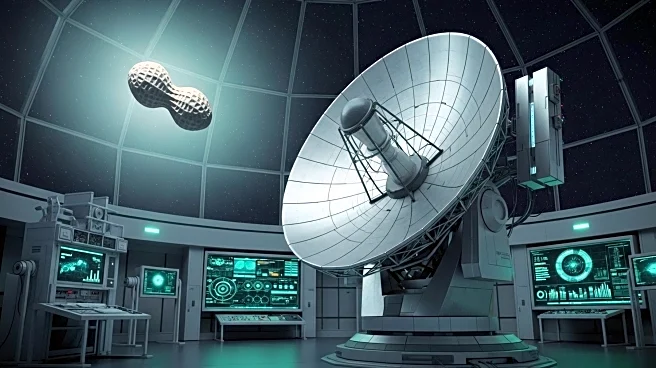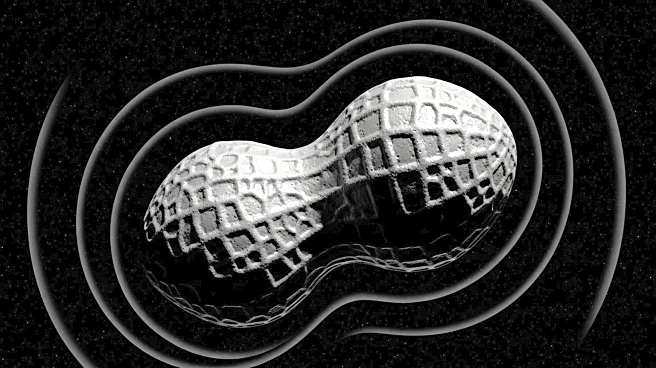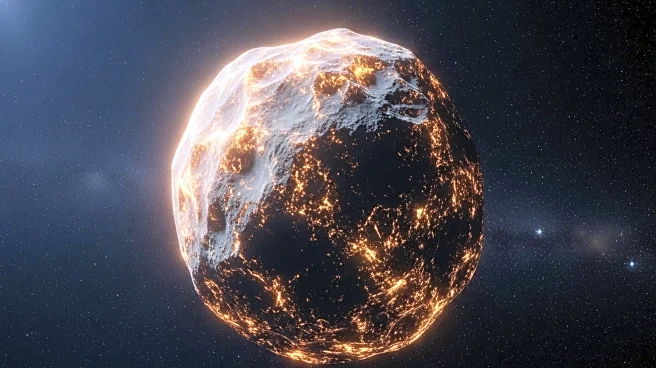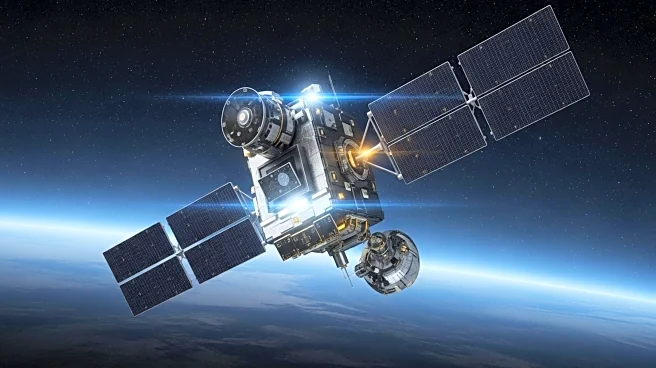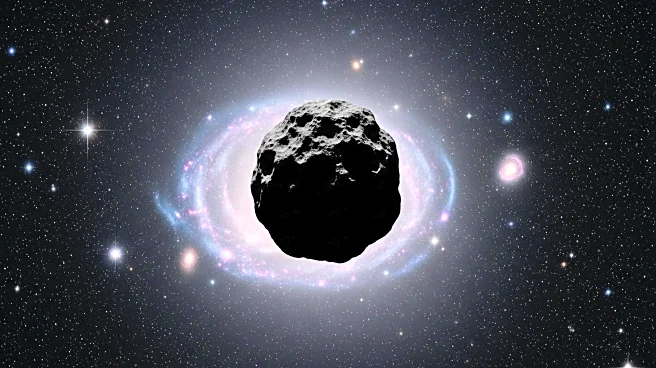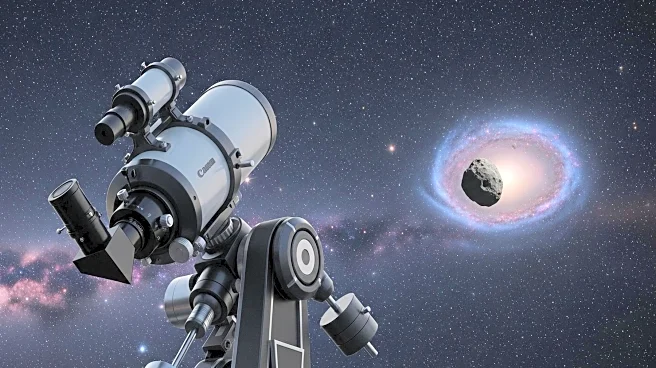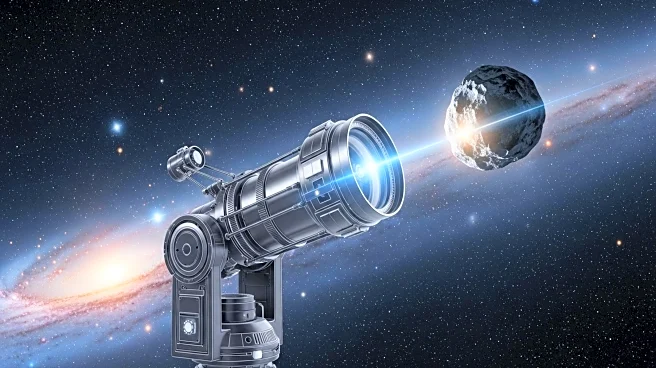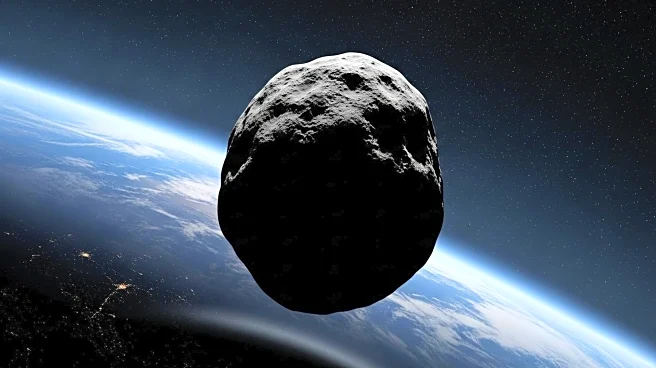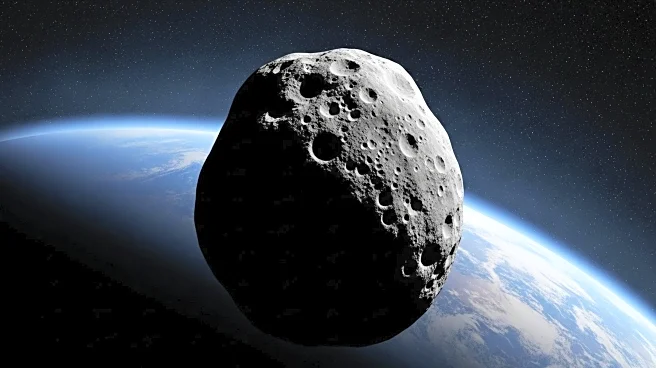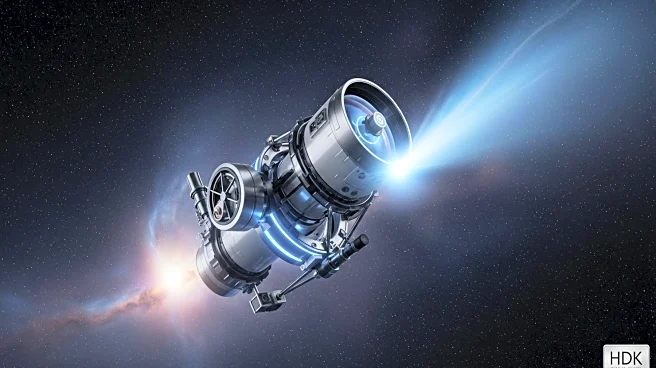What's Happening?
NASA's Deep Space Network's Goldstone Solar System Radar has captured images of asteroid 1997 QK1, revealing its elongated, peanut-shaped structure. The asteroid, approximately 660 feet long, rotates every 4.8 hours and recently passed Earth at a distance of 1.9 million miles. This flyby is the closest in over 350 years, providing new insights into the asteroid's surface features and shape. The observations have reduced uncertainties in its trajectory, confirming it poses no immediate threat to Earth.
Why It's Important?
The detailed radar observations of asteroid 1997 QK1 enhance our understanding of near-Earth objects, crucial for planetary defense and scientific research. By identifying the asteroid's contact binary shape, NASA can better predict its future movements and potential risks. This data contributes to global efforts in monitoring and mitigating asteroid threats, ensuring Earth's safety. The findings also support ongoing research into the composition and behavior of similar celestial bodies.
Beyond the Headlines
The discovery of 1997 QK1's peanut shape highlights the diversity of asteroid structures, offering insights into their formation and evolution. Understanding contact binaries can inform theories about asteroid collisions and aggregation processes. These observations underscore the importance of continued investment in planetary radar technology and international collaboration in space exploration and defense.
